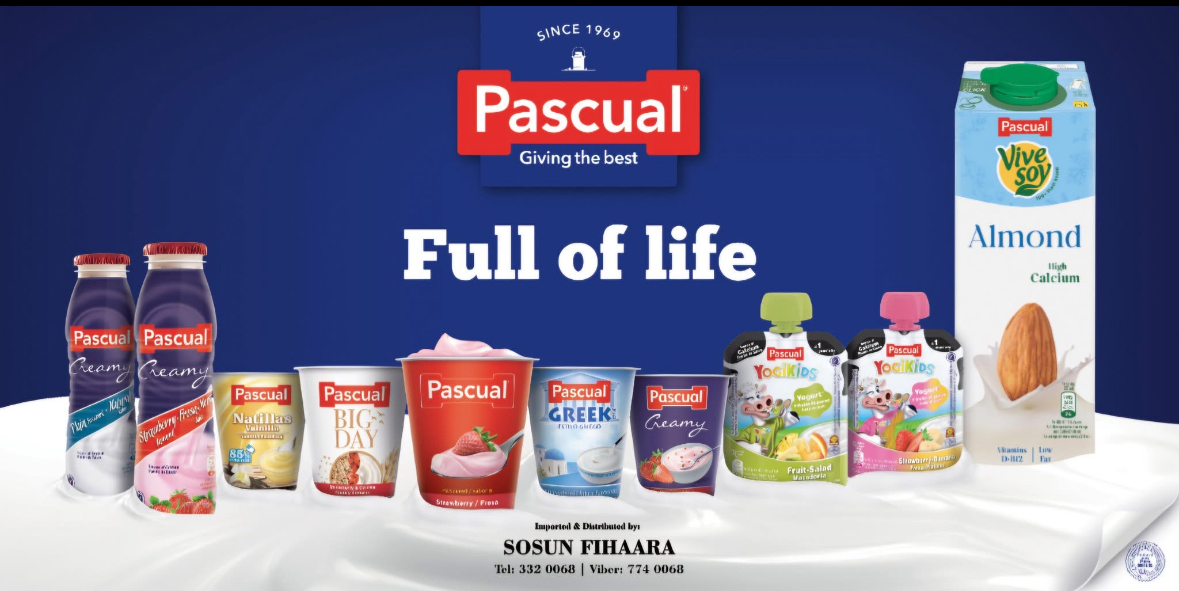Mastering Data-Driven Personalization in Email Campaigns: Advanced Implementation Strategies #387
In the rapidly evolving landscape of email marketing, mere segmentation and static content are no longer sufficient to drive engagement and conversions. The key to truly resonant campaigns lies in data-driven personalization—a sophisticated approach that dynamically adapts content based on granular customer insights. This deep-dive explores actionable techniques to elevate your personalization game, focusing on the technical intricacies, practical implementations, and common pitfalls to avoid.
Our discussion is anchored around the broader context of Tier 2: How to Implement Data-Driven Personalization in Email Campaigns, but dives deeper into the specific strategies, tools, and real-world applications that enable marketers to craft truly individualized experiences. Whether you’re integrating complex logic or troubleshooting dynamic content deployment, this guide provides concrete, step-by-step insights.
1. Understanding Dynamic Content Blocks for Personalization in Email Campaigns
a) Identifying Key Customer Data Points for Real-Time Content Adaptation
Effective personalization begins with selecting the right data points. Beyond basic demographics, leverage behavioral signals such as recent browsing history, past purchase frequency, cart abandonment status, and engagement recency. For instance, use last_purchase_date and product_views to tailor product recommendations. Implement server-side data collection via APIs that sync with your CRM or analytics platforms to ensure real-time accuracy.
b) Mapping User Behavior Triggers to Specific Email Content Variations
Create a comprehensive trigger-to-content matrix. For example, if a user viewed a specific category but did not purchase, trigger a personalized discount offer for that category. Use event tracking (e.g., product_viewed, cart_abandoned) to set up conditional logic within your ESP or marketing automation platform. Implement event listeners on your website to capture user actions and pass them dynamically into your email rendering process.
c) Selecting Appropriate Dynamic Content Tools and Platforms
Choose platforms that support advanced dynamic content syntax such as Handlebars or Liquid. For instance, Salesforce Marketing Cloud supports AMPscript and Liquid, enabling complex logic. Consider tools like Pera or Braze that facilitate API-based dynamic content rendering. Ensure your platform allows server-side content assembly to minimize rendering issues across email clients.
2. Setting Up Data Collection and Segmentation for Personalization
a) Integrating CRM and Analytics Data into Email Marketing Platforms
Use API integrations to sync CRM data (e.g., Salesforce, HubSpot) with your ESP. Employ ETL (Extract, Transform, Load) processes to automate data pipelines, ensuring that customer profiles include behavioral, transactional, and demographic data. For example, configure your CRM to update customer segments daily, and pass this data via REST APIs to your email platform, enabling real-time personalization.
b) Creating Granular Customer Segments Based on Behavioral and Demographic Data
Implement multi-level segmentation. Start with broad criteria like location and age, then refine with behavioral signals such as recent activity and loyalty score. Use dynamic segments that update automatically; for instance, create a segment for customers who viewed a product in the last 7 days but haven't purchased, triggering targeted re-engagement emails.
c) Automating Data Refresh Cycles to Ensure Up-to-Date Personalization
Set up automated data sync schedules—daily or hourly depending on your campaign cadence. Use webhooks for event-driven updates, such as purchase confirmation or subscription changes. Test the latency of data refreshes and ensure your email templates fetch the latest profile data at send time, not at creation, to maximize relevance.
3. Developing and Implementing Personalized Email Templates
a) Designing Modular Email Templates with Placeholder Content Zones
Adopt a modular approach by creating blocks such as header, hero image, product grid, and footer, each with placeholders for dynamic content. Use a templating system that supports partials and includes, like Handlebars. For example, define a placeholder {{productRecommendations}} that gets populated based on user data.
b) Coding Dynamic Sections Using Personalization Syntax (e.g., Handlebars, Liquid)
Implement logic such as:
{{#if hasRecommendations}}
{{recommendationName}}
{{else}}
Explore our latest collections!
{{/if}}
Ensure your placeholders are populated through server-side rendering to prevent flickering or missing content.
c) Testing Dynamic Content Rendering Across Email Clients and Devices
Use tools like Litmus or Email on Acid to preview dynamic content in over 100 email clients and devices. Automate tests with scripted workflows that simulate user data inputs to verify conditional logic branches. Address known issues such as CSS support limitations in Outlook or image blocking in Gmail by designing fallback content.
4. Crafting Specific Personalization Rules and Logic
a) Defining Conditional Logic for Content Variations (e.g., if-else Statements)
Use nested conditionals for complex scenarios. For example:
{{#if isVIP}}
Welcome back, valued VIP! Here's an exclusive offer.
{{#else}}
Hello, {{firstName}}! Check out our latest deals.
{{/if}}
Combine multiple conditions using logical operators supported by your templating engine to craft nuanced content paths.
b) Using Data Attributes to Tailor Subject Lines, Greetings, and Offers
Personalize subject lines with data attributes:
Subject: "{{#if isNewCustomer}}Welcome!{{else}}Your Personalized Picks Inside{{/if}}"
Similarly, use user location or purchase history to dynamically generate greetings and tailored offers, enhancing relevance and engagement.
c) Managing Complex Personalization Scenarios with Nested Rules and Fallbacks
Implement nested if-else structures to handle multiple layers of personalization:
{{#if hasRecentPurchase}}
Show related accessories
{{#else}}
Offer a discount to encourage first purchase
{{/if}}
Always define fallback content to prevent placeholders from appearing blank if data is missing, such as default product recommendations or generic greetings.
5. Practical Guides for Applying Data-Driven Personalization Techniques
a) Step-by-Step Walkthrough of Creating a Personalized Product Recommendation Email
- Collect user interaction data via web tracking scripts integrated with your CRM.
- Create a dynamic segment of users who viewed specific products but did not purchase.
- Develop a modular email template with a placeholder for product recommendations (
{{recommendations}}). - Use a server-side process to generate personalized product lists based on recent browsing data, populating the placeholder.
- Test rendering across email clients with sample user data, ensuring recommendations display correctly.
- Schedule and send the campaign, monitoring engagement metrics per segment.
This approach ensures each recipient receives highly relevant content, increasing click-through and conversion rates.
b) Case Study: Increasing Engagement with Location-Based Content
A fashion retailer segmented users by geographic location and tailored emails with local store promotions and weather-based outfit suggestions. Using real-time weather APIs integrated into the dynamic content system, they adjusted product images and messaging. The result: a 25% increase in open rates and a 15% boost in conversion. Key implementation steps included:
- Integrating weather API data into their email platform via server-side scripts.
- Creating location-specific segments that update daily.
- Designing templates with conditional sections for weather-based content.
This case underscores the importance of precise data integration and flexible template design for location-based personalization.
c) Troubleshooting Common Issues in Dynamic Content Deployment
Common pitfalls include:
- Rendering Failures: Use fallback static content and test across clients.
- Data Latency: Ensure synchronization schedules align with campaign timing.
- Broken Logic: Rigorously test conditional branches with different data scenarios.
Implement automated QA workflows and monitor engagement metrics to identify and resolve issues proactively.
6. Ensuring Data Privacy and Compliance in Personalization
a) Implementing Consent Management and Data Anonymization Practices
Use explicit opt-in mechanisms for collecting personal data, and implement consent banners compliant with GDPR and CCPA. Anonymize sensitive data fields by hashing personal identifiers before processing. For example, convert email addresses to hashed tokens before storage or use pseudonymization techniques to protect privacy during personalization logic execution.
b) Avoiding Common Pitfalls That Lead to Privacy Violations
Never share raw personal data with third-party tools without proper encryption. Avoid storing excessive data that isn't directly used for personalization. Regularly audit data access logs and ensure data retention policies are enforced to prevent unauthorized use.
c) Documenting and Auditing Personalization Logic for Compliance Purposes
Maintain detailed documentation of all personalization rules, data sources, and processing workflows. Use version control for your dynamic content scripts and keep audit trails for data changes. This transparency facilitates compliance audits and mitigates legal risks.
7. Measuring and Optimizing Personalized Email Campaigns
a) Tracking Performance Metrics Specific to Personalized Content
Implement tracking pixels and UTM parameters tailored to segments. For example, analyze click-through rates segmented by personalized offer types versus generic offers. Use analytics dashboards that allow filtering by user attributes and content variations to pinpoint what resonates.
b) Conducting A/B Tests to Refine Dynamic Content Variations
Design experiments comparing different conditional logic pathways or content variations. Use multi-variate testing when possible to evaluate combinations. Analyze results with statistical significance to iteratively improve personalization rules.
c) Analyzing Customer Feedback and Engagement Data to Improve Accuracy
Incorporate surveys, direct feedback, and qualitative data to understand user perceptions of personalization accuracy. Use this feedback to refine data collection methods, segment definitions, and content logic.
8. Final Integration and Broader Strategy Context









